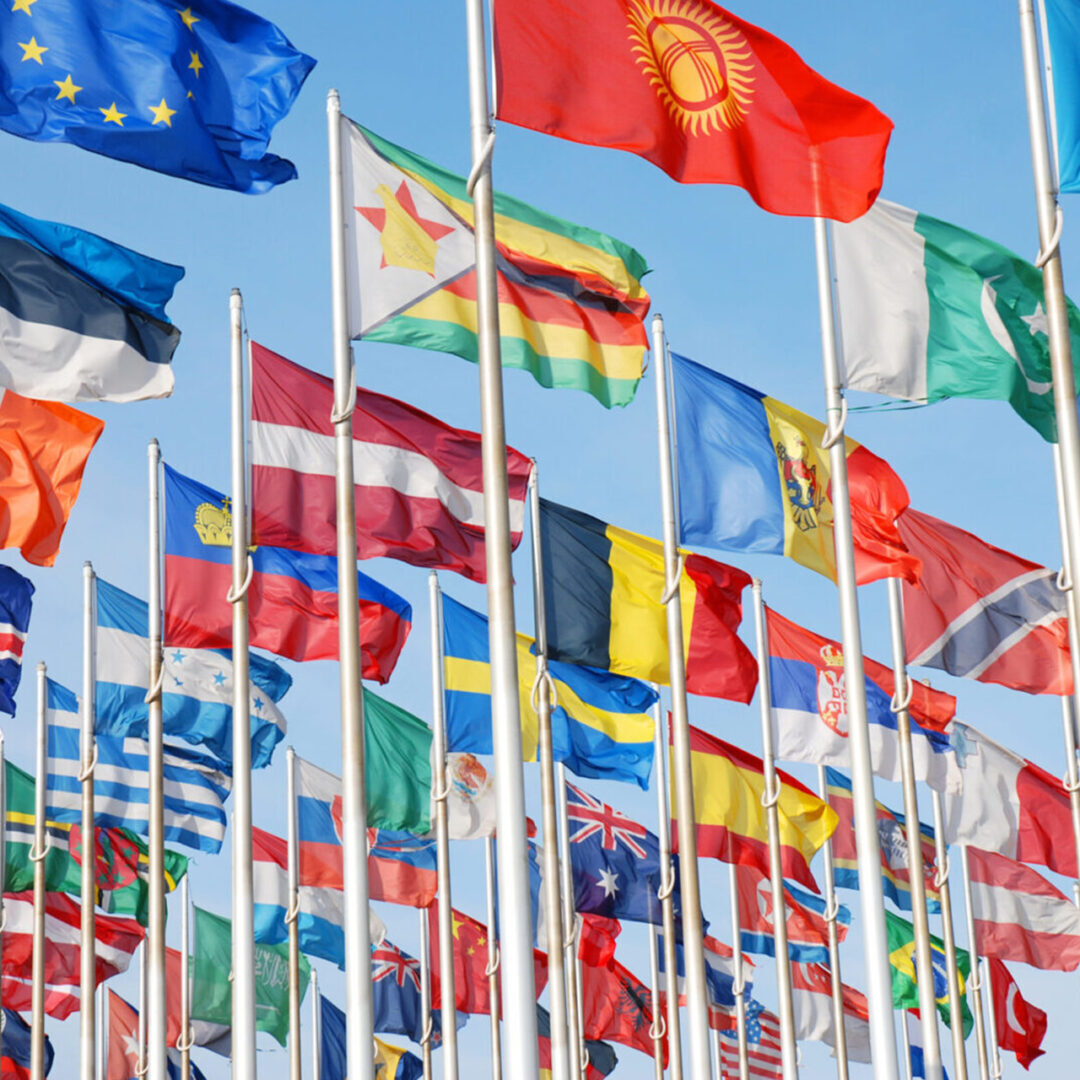President Obama was chided this week for removing chewing gum from his mouth during a state visit with India’s Prime Minister Narendra Modi. While the president’s frequent gum chewing habit may be his antidote to smoking, the message that was interpreted across the world was quite different—as the Times of India reported it an “ungainly sight”.
Diplomats and world leaders have long made faux pas that may cause even the most culturally naïve person to cringe. From former President Bush’s famous back massage given to German Chancellor Angela Merkel at the 2006 G8 summit to First Lady Michelle Obama’s placing her arm around Queen Elizabeth. While these gestures were likely intended to convey warmth and affection, similar actions are sometimes interpreted as overly informal. Addressing people on a first name basis when first meeting someone to lighthearted joking may be viewed as an attempt to put people at ease in the U.S. but are more often than not looked upon with disapproval abroad.
I frequently discuss the importance of adopting formal protocols with my clients. In hierarchical cultures, for example, being too familiar with someone in a higher position may be deemed disrespectful. I’ve been told more times than not by foreign clients how they have been offended when receiving emails without a salutation at the beginning or end of the email. In our low-context culture where the spoken word takes precedence over non-verbal communication, many Americans may miss the subtleties that high context cultures place on non-verbal messages.
While most incidents, such as President Obama’s recent gaffe in India, may be shrugged off, others are not. Geopolitical disasters have occurred when messages were mis-read. For example, in 1991 the Gulf War could potentially have been averted had non-verbal cues been more clearly understood. When former Secretary of State James Baker threatened Iraqi Foreign Minister, Tariq Aziz, with invasion if Iraq did not move out of Kuwait, the Iraqi delegation reported to Saddam Hussein that he was bluffing. The high-context Iraqis misinterpreted Secretary Baker’s calm demeanor and focus exclusively on verbal communication as lack of anger and were therefore not convinced of the imminent attack that would unfortunately occur.
In order to prevent similarly catastrophic results, it’s crucial for diplomats and business leaders alike to take sufficient measures to become culturally savvy when conducting high-level interactions. For companies and organizations looking to enhance their global image, developing culturally-competent staff is key to success.
The next time you plan to interact with someone across cultural borders, you may consider asking yourself these sample questions:
- What boundaries will I cross if I address someone using his/her first name without being invited to do so?
- What is the appropriate way to dress for this meeting? Is it acceptable for women to wear trousers?
- Are there common gestures that may have a different meaning abroad than in my own culture?
- What is the appropriate way to greet someone and is it OK to shake hands?
- What sort of local formalities should I be aware of to avoid offending someone?
As recent events have shown us, being a diplomat does not necessarily equate being culturally agile. Being aware of your own behavior and how it may be interpreted and conducting cultural due diligence to inform yourself of local customs, formalities and norms of behavior go a long way in creating positive global interactions. Cross-cultural experts can provide insight into these types of issues across and within cultures at a level that can also enhance your organizational success. We look forward to working with you!


